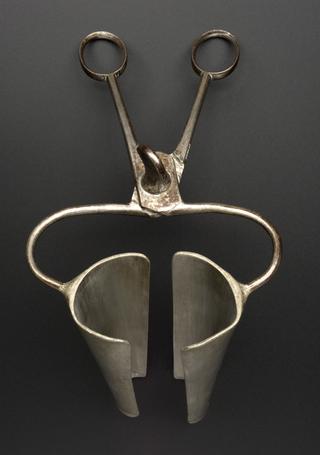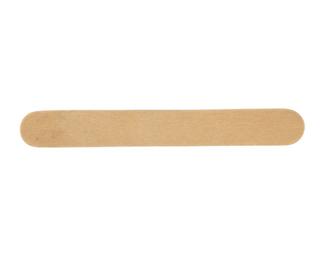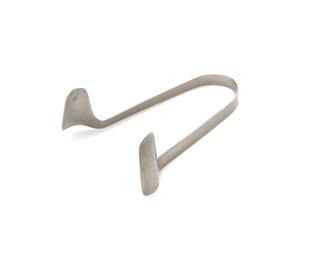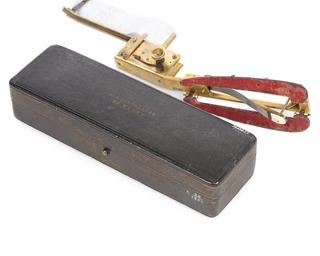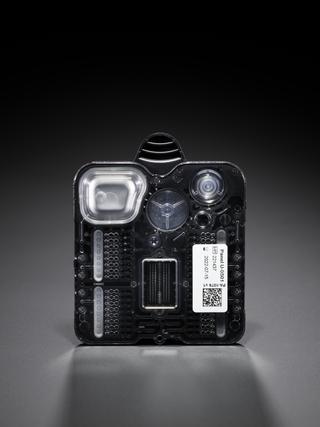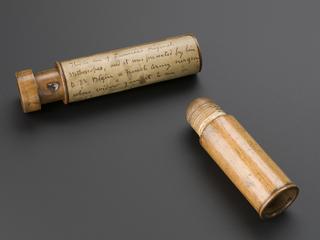
Galvanometer, England, 1921








Galvanometer string, brass, in wooden case, made by Cambridge Instrument Co., English, 1921
A galvanometer measures small electric currents. It is sometimes used during physiological experiments studying muscle contractions. Electrodes placed upon the body pick up minute electrical impulses. These cause a string within the galvanometer to move. Movement is recorded photographically to make a tracing. The galvanometer is one of the earliest instruments used to detect and record electrical activity in the heart. It forms the basis of electrocardiograph machines.
Details
- Category:
- Clinical Diagnosis
- Object Number:
- 1979-731/1
- Materials:
- brass, glass, case, wood, case, brass and case, felt
- Measurements:
-
overall: 140 mm x 300 mm x 100 mm, 1.9kg
- type:
- galvanometer
- credit:
- Royal Postgraduate Medical School
